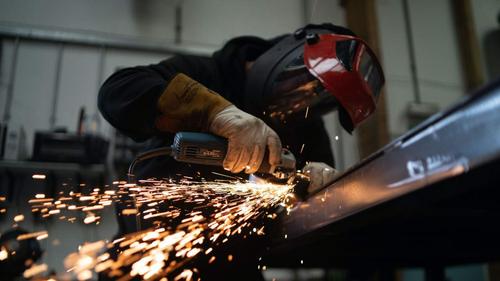Loadshedding
Load Shedding Interferes with Manufacturing

The current state of South Africa’s manufacturing sector is a cause for concern. Bizcommunity reports the sector is still struggling to recover to pre-pandemic levels despite contributing around 14% to GDP. The persistently high levels of load shedding and failing infrastructure are significant challenges manufacturers face, which President Ramaphosa recently addressed in the annual State of the Nation Address (Sona).
The operating environment for manufacturers in South Africa has become increasingly challenging due to energy insecurity, port inefficiencies, and softer global demand for export-oriented manufacturers. As a result, subdued local economic growth is also likely to slow further.
The latest report from Stats SA shows that manufacturing production decreased by 4.7% in December 2022 compared to December 2021, with power supply disruptions cited as the most significant cause of the decline.
PwC’s economic outlook reveals that load shedding in 2022 reduced South Africa’s real GDP growth by up to 5%, despite businesses and members of the public mitigating against the impact of power cuts. In response, South Africa imported more than R5bn worth of solar panels in 2022, potentially saving the country from an additional load-shedding stage at any given time.
The challenging operating environment has resulted in low business confidence levels, according to Absa’s Manufacturing Survey for the fourth quarter of 2022. In addition, the bank’s Purchasing Manager’s Index also fell in February due to record stage 6 load-shedding levels, negatively impacting factories.
The automotive sector, one of South Africa’s key industrial sectors, has also been negatively impacted by load shedding. According to a survey by the National Association of Automotive Component and Allied Manufacturers (Naacam), persistent and prolonged bouts of load shedding have hurt monthly production and turnover among its manufacturing members. This sector accounted for over 4% of South Africa’s GDP in 2022.
President Ramaphosa has announced measures to address the issue, such as procuring more diesel for Eskom’s emergency generation fleet and tax incentive schemes to encourage taxpayers and businesses to invest in renewable energy solutions like rooftop solar panels.
Although the steel demand is expected to start recovering globally, it remains to be seen whether South Africa’s manufacturing sector will overcome the challenges of load shedding and failing infrastructure to return to pre-pandemic levels.
Also read: Gauteng Energy Expo Brings Together Investors and Innovators
Picture: Photo by Josh Beech on Unsplash















